10 Things to Know about New Zealand Māori Culture Before Studying Abroad
If you're planning to study abroad in New Zealand, these details about New Zealand Māori Culture will help you better understand your host country.
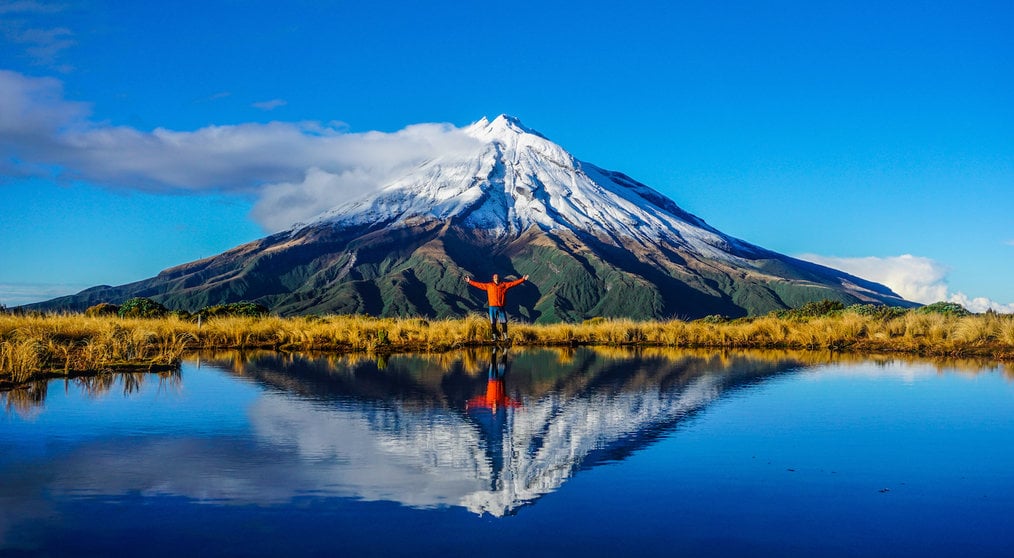
It is often said that the best way to get acclimated to a new country is by getting to know the locals. In New Zealand, this rings especially true, and the best place for you to start is by learning more about some of the country’s longest inhabitants, the Māori.
Known as the indigenous Polynesian population of New Zealand, the Māori people’s long history originated when they arrived in the early- to mid-1300s. Hundreds of years later, the Māori culture, rich with arts and tradition, is still a big part of New Zealand’s identity.
As is the same with approaching any new culture while studying abroad, it is necessary to be respectful when you begin discovering the Māori culture. Having some preliminary knowledge will help ensure you are you being a courteous traveler, so we’ve compiled a list of 10 things you should know about Māori culture before studying abroad in New Zealand.
1. Visiting a Marae is the best way to experience Māori culture
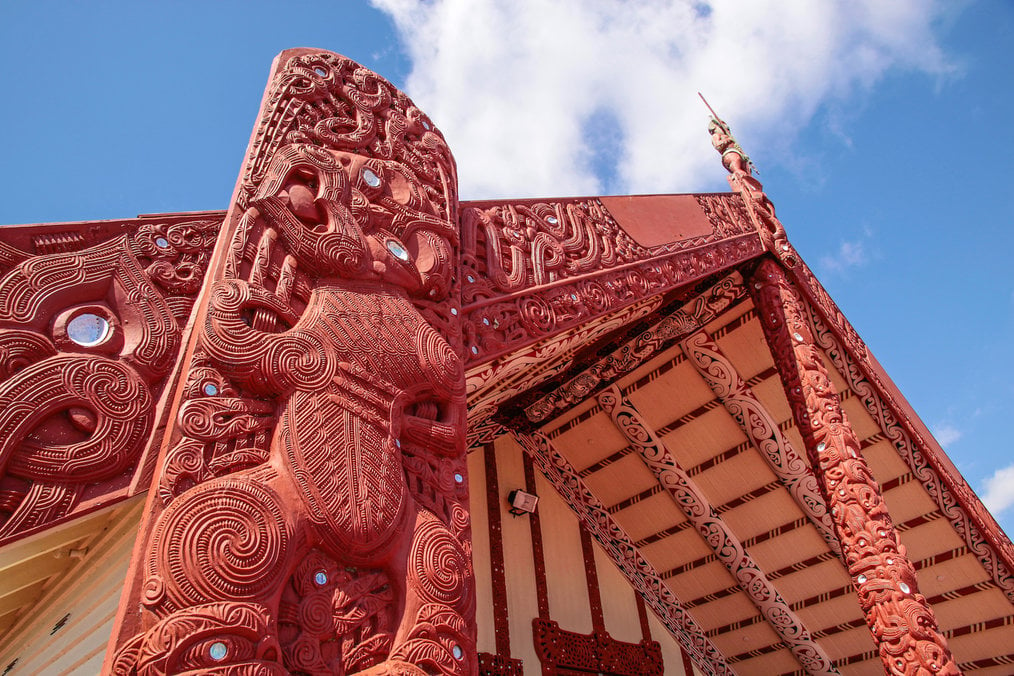
Maraes are tribal meeting grounds, and they offer unique opportunities for you to interact with local Māori people and discover more about their culture and history first-hand. Some of the activities you can witness at maraes include speeches and displays of traditional Māori singing and dancing.
It is important to note that maraes are only accessible via organized tours, so you can’t just locate one on a map and get dropped off in a cab. The good news, however, is that there are several organized tour offerings at affordable prices throughout the big cities like Northland, Auckland, Rotorua, and Canterbury. This is super convenient if you're studying abroad in one of these cities.
2. You must be invited in order to enter a Marae
You may be thinking, I booked my tour to visit the Marae, so doesn’t that mean I’m allowed to enter freely? Well, not exactly.
You first have to be officially welcomed by the Māori people through a traditional ceremony known as the powhiri. The ceremony typically commences with guests being challenged by one of the Māori warriors through an act known as a wero. While that might sound alarming, it is actually not a scary event at all. It usually consists of some singing and the warrior presenting the guests with a token, and it is mostly just intended to ensure all guests are coming in peace. As a student, we're sure you're coming in peace!
3. No two Māori tattoos are the same
Although their application techniques have evolved over the years from chiseling to more modernized needle techniques, tattoos have remained a huge part of the Māori culture since their origins and are known as ‘ta moko’. Specifically, tattoos are considered to symbolize their commitment to and respect for their culture.
An interesting aspect of the Maori art of tattooing is that no tattoos are completely identical. This is typically due to each tattoo being an external representation of the individual’s unique combination of lineage, wisdom, and stature among the tribe. Politely asking about tattoos is a great way to make your education about Māori culture even more personalized.
4. Dance plays a big role in Māori culture
Odds are that you’ve probably already heard of the Haka, a ceremonial war dance of the Māori people which consists of synchronized stomping and chanting combined with vigorous physical motions.
There’s actually a lot more to the popular dancing of Haka than it solely being used to intimidate competitors. In fact, Haka is often used as means to greet notable guests, honor significant achievements, or pay respect at occasions or funerals.
If you have the chance to attend a Haka as part of your semester in New Zealand, it's an honor and one you should definitely seize!
5. Traditional Māori food is cooked underground
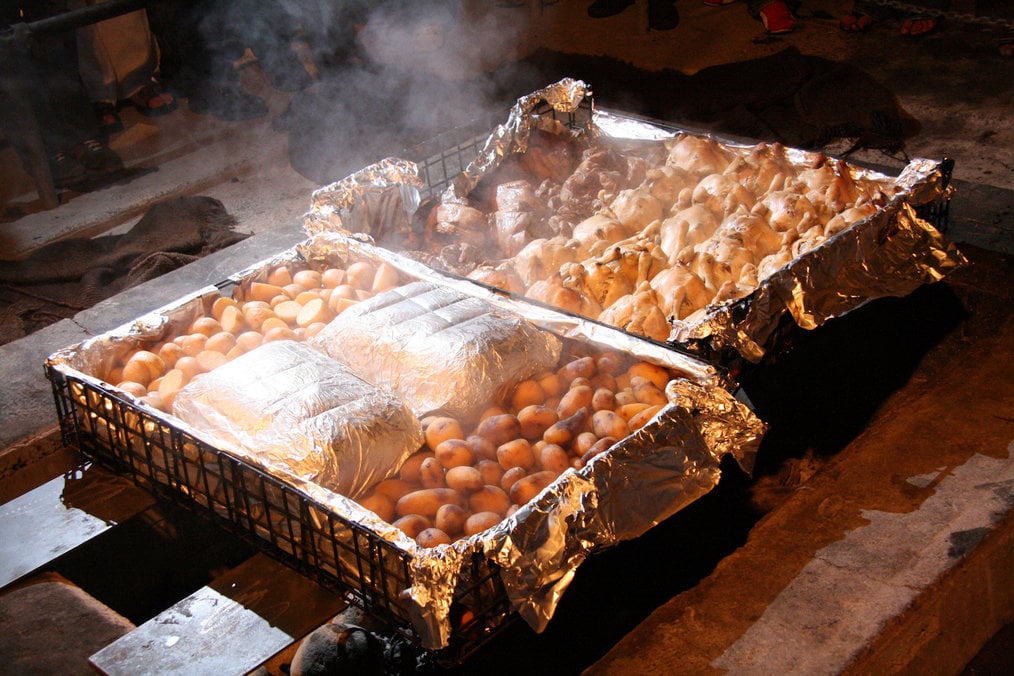
The Māori use a unique culinary technique known as hangi, where food is cooked in an underground hole.
The hole where hangi is cooked is typically lined with hot rocks, aluminum foil, or wire baskets. Food varietals cooked through the hangi method often includes fish and chicken, as well as some vegetables.
While hangi may sound like an easy method of cooking, it is actually a long and strenuous process. For the Māori, it is not just about the delicious food produced from hangi, but also the community aspect as well for it presents an opportunity for people to converge for long periods of time.
6. The Māori people are often largely represented in New Zealand sports

The Māori people have long remained huge supporters and participants in New Zealand’s sporting heritage, especially with their noticeable representation among rugby and netball teams. Additionally, roughly twenty percent of New Zealand athletes competing at the 2016 Summer Olympics were of Māori descent.
With these numbers, it’s no surprise that many New Zealand sports teams, including the national rugby union team, often pay tribute to the Māori culture by performing the haka prior to international matches. Again, attending one of these matches is a fantastic experience you should try to have while studying abroad in New Zealand.
7. The traditional Māori language is not English
While most New Zealanders speak English, the traditional language of the Māori people is known as Te Reo, which is similar in sound to Cook Islands Māori, Tuamotuan, and Tahitian. Te Reo has also been recognized as one of New Zealand’s official languages since 1987.
Interestingly, the Māori people had no written language when European settlers arrived and had been relaying their history and stories orally for many years. In some instances, they would also convey their stories through carving character scenes into wood and stone.
Some students study abroad to learn a new language; if you can even do a short study course in Te Reo, it will help augment your cultural experience in New Zealand even more.
8. “Hand-” shakes are not the traditional form of greeting for Māori people
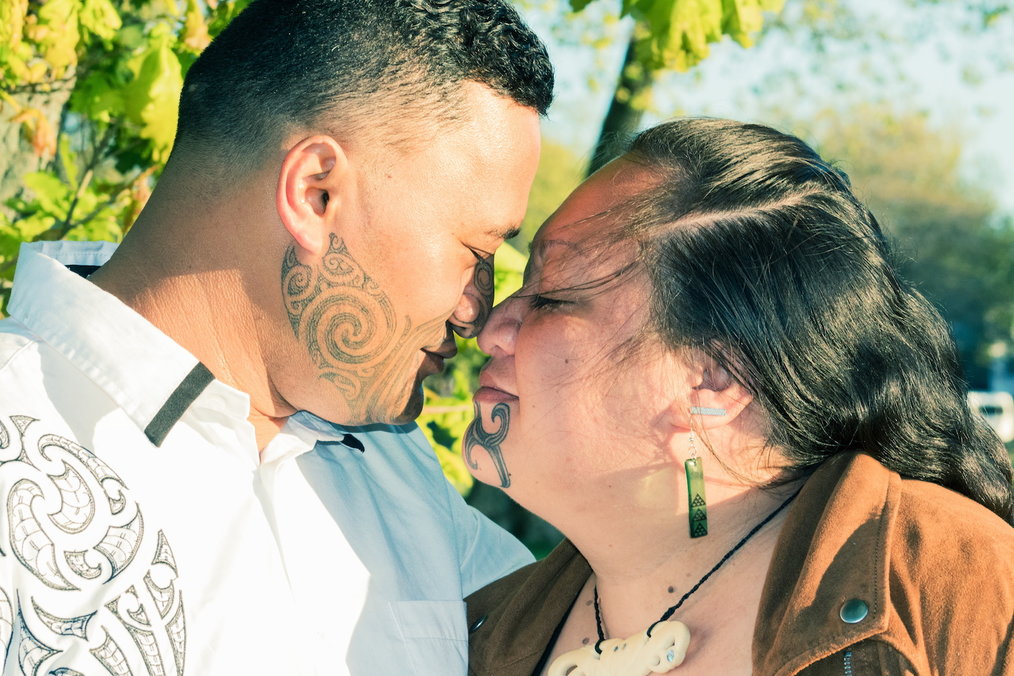
While it may be impulsive to extend your hand and go for a firm handshake when approaching a new acquaintance, this physical movement is not the approach the Māori people use for saying hello. Try to restrain yourself if you attend an event during your semester where you're meeting Māori locals.
Instead, they use a much warmer and up-close form of salutation known as the hongi (not to be confused with the hangi method of cooking). Specifically, the hongi entails two individuals pressing their noses and foreheads up against one another and sharing the breath of life together. It is meant to symbolize the unification of both souls.
9. Greenstone is considered treasure in Māori culture
Known to the Māori as Pounamu, greenstone is quite literally a "green stone" found mostly in rivers in parts of southern New Zealand. To the Māori, greenstone is precious and often passed from generation to generation. The Māori have used greenstone in many forms, and it can be found in items such as spears, hooks, and tools.
Today, greenstone can be purchased and is most popularly bought in the form of jewelry or decorative objects. Sounds like a perfect souvenir for yourself, your friends, and your family once you return home from studying abroad!
10. The Māori population is still highly prevalent in New Zealand
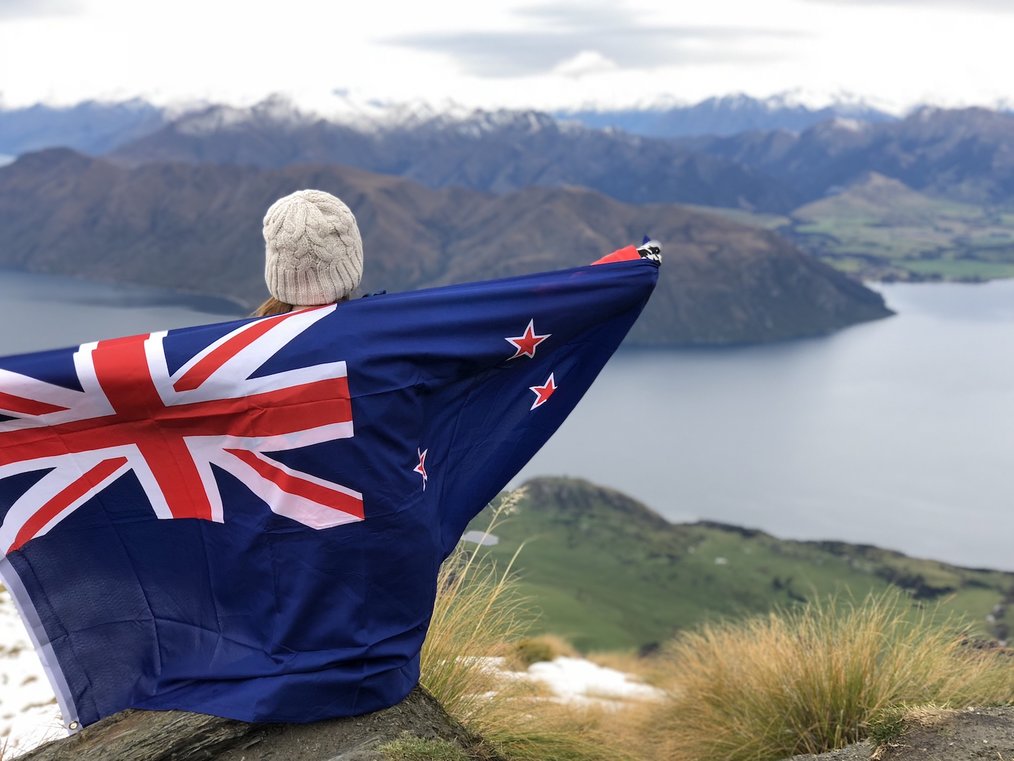
Today, Māori are still highly prevalent in New Zealand society, and they make up over 14% of the population. Further, a 2013 census found that over 600,000 people living in New Zealand were of Māori descent, making them the country’s second-largest ethnic population group.
While about 90% of the present-day Māori population lives in New Zealand’s North Island, there is some Māori presence on the South Island as well. This means that no matter which island you're studying abroad – or which New Zealand city you're studying abroad in – you'll encounter Māori and have a chance to learn from it.
Studying abroad is a great opportunity to immerse yourself in a new culture – and in New Zealand, you can do that even more deeply by also learning about Māori culture! Using these ten tips to guide your immersion will help you respectfully learn about Māori culture and return home with a greater appreciation of your host country.
